Silicone Sealants vs Acrylic Sealants is a decision many DIY enthusiasts and professionals face. Choosing the right sealant is a crucial step in ensuring the durability, appearance, and performance of any project. Sealants play a key role in filling gaps, waterproofing surfaces, and providing flexibility to structures, but not all sealants are created equal. Two of the most commonly used types—silicone sealants and acrylic sealants—each have distinct properties that make them suitable for different applications.
So, which one is right for your project? In this comprehensive guide, we’ll explore the key differences between silicone and acrylic sealants, outline their benefits and drawbacks, and help you make an informed decision.
What Are Silicone Sealants?
Silicone sealants are high-performance products designed to create long-lasting, flexible seals. Their unique properties make them an ideal choice for wet environments, outdoor applications, and areas exposed to temperature fluctuations or material movement.
Key Features of Silicone Sealants
- Flexibility: Silicone sealants retain their elasticity even after curing, allowing them to accommodate structural movement without cracking.
- Water Resistance: Silicone sealants are fully waterproof, making them ideal for applications where exposure to water or moisture is unavoidable.
- Temperature Tolerance: These sealants perform well in extreme temperatures, ranging from -40°F to 400°F (-40°C to 204°C).
- UV Resistance: Unlike some other sealants, silicone can withstand prolonged exposure to sunlight without degrading.
- Longevity: With proper application, silicone sealants can last 10–20 years.
Common Uses for Silicone Sealants
- Bathroom and Kitchen Sealing: Perfect for sinks, bathtubs, showers, and countertops, where mold and moisture resistance are crucial.
- Weatherproofing: Silicone sealants excel in sealing windows, doors, roofs, and gutters, protecting against rain, wind, and UV exposure.
- Automotive Applications: Frequently used in windshields, headlights, and body joints due to their durability and ability to handle vibrations.
💡 External Resource: For more on silicone sealants, check out Toolstation’s Sealant Buying Guide.
What Are Acrylic Sealants?
Acrylic sealants, on the other hand, are primarily used for indoor applications where a paintable finish is required. While they are easier to apply and less expensive, their performance is limited in areas exposed to moisture or movement.
Key Features of Acrylic Sealants
- Paintable: Acrylic sealants can be easily painted to match surrounding décor, making them ideal for visible joints in trim work or drywall.
- Ease of Application: These sealants are beginner-friendly, as they dry quickly and are simple to smooth.
- Limited Flexibility: Acrylic sealants tend to become brittle over time, leading to cracks in areas subject to movement.
- Low Durability: They lack water resistance and UV protection, making them unsuitable for wet environments or outdoor use.
Common Uses for Acrylic Sealants
- Interior Trim Work: Perfect for filling gaps in baseboards, crown molding, and other decorative elements.
- Drywall Repair: Commonly used to seal small cracks or joints in walls.
- Low-Moisture Areas: Works well in spaces that aren’t exposed to water, such as living rooms or bedrooms.
Silicone vs. Acrylic Sealants: Head-to-Head Comparison
| Feature | Silicone Sealant | Acrylic Sealant |
|---|---|---|
| Water Resistance | Fully waterproof; ideal for kitchens and bathrooms. | Not water-resistant; unsuitable for wet areas. |
| Durability | Long-lasting; resistant to UV light and extreme temperatures. | Short lifespan; prone to cracking over time. |
| Flexibility | Retains elasticity after curing; handles movement well. | Rigid and inflexible; cracks under stress. |
| Paintability | Not paintable but comes in various colors. | Fully paintable for aesthetic matching. |
| Outdoor Use | Perfect for sealing projects exposed to weather. | Limited to indoor use in dry areas. |
| Ease of Application | Requires careful technique and tools for precision. | Beginner-friendly and dries quickly. |
Why Silicone Sealants Are Often the Better Choice
Although acrylic sealants have their strengths, particularly for indoor projects requiring a painted finish, silicone sealants offer greater durability, flexibility, and water resistance. This makes silicone sealants the superior option for high-moisture areas, outdoor applications, and environments with temperature or structural movement.
Advantages of Silicone Sealants Over Acrylic
- Better Moisture Protection: Silicone is completely waterproof, making it the go-to choice for bathrooms, kitchens, and outdoor projects.
- Longer Lifespan: Silicone sealants last significantly longer, often exceeding 10 years with proper application.
- Weather Resistance: Silicone is unaffected by UV rays or extreme temperatures, making it ideal for outdoor use.
- Superior Flexibility: Unlike acrylic, silicone can handle joint movement without cracking, making it a better option for areas prone to expansion or vibration.
When to Use Acrylic Sealants Instead
Choose acrylic sealants when:
- A paintable finish is required to match existing décor.
- The area is dry and not exposed to significant moisture or stress.
- You need an inexpensive option for small interior projects.
Top Applications for Silicone Sealants
1. Bathroom and Kitchen Sealing
Moisture is unavoidable in bathrooms and kitchens, making silicone sealants essential for these spaces. Their mold resistance ensures clean and hygienic results over time.
Recommended Product:
OPTIMUS Waterproof Silicone Sealant: Designed to resist mold and mildew, it’s perfect for sinks, bathtubs, and countertops.
2. Outdoor Weatherproofing
For sealing windows, doors, gutters, and roofs, silicone sealants provide unmatched protection against rain, wind, and UV exposure.
Recommended Product:
AutoStar Germany Multi-Purpose Silicone Sealant: Ideal for outdoor applications, offering superior durability in harsh weather conditions.
Discover tips on weatherproofing with our Guide to Silicone Sealants for Outdoor Use.
3. Automotive Applications
Silicone sealants are a top choice for the automotive industry, where vibration and temperature changes are common. They provide strong, flexible bonds for windshields, headlights, and more.
Recommended Product:
AutoStar Germany Windscreen Glass Sealant: A high-performance option specifically designed for automotive use.
Check out our Top 7 Applications of Silicone Sealants for more inspiration.
How to Use Silicone Sealants Like a Pro
1. Surface Preparation is Key
Clean the surface thoroughly to remove dirt, grease, and old sealant. Silicone adheres best to smooth, dry surfaces.
2. Choose the Right Tools
Invest in a high-quality caulking gun to ensure precise application and smooth, consistent beads.
3. Apply in Small Sections
Silicone sealant begins to cure as soon as it’s exposed to air, so work in manageable sections to avoid rushed application.
4. Smooth Immediately
Use a caulking tool or damp finger to smooth the bead before it sets. This ensures a neat and professional finish.
5. Allow Proper Curing Time
Follow the manufacturer’s instructions for curing, typically 24–48 hours. Avoid touching or exposing the sealant to water during this period.
FAQs About Silicone Sealants vs. Acrylic Sealants
No, silicone sealants cannot be painted. If a painted finish is necessary, choose an acrylic or hybrid sealant.
No, acrylic sealants lack water resistance and are unsuitable for wet environments.
With proper application, silicone sealants can last 10–20 years, depending on environmental conditions.
Silicone sealants are better for outdoor use due to their weather resistance and UV protection.
Conclusion: Which Sealant Should You Choose?
When it comes to durability, flexibility, and water resistance, silicone sealants outperform acrylic sealants in almost every category. Whether you’re working on a bathroom renovation, sealing windows and doors, or tackling an automotive project, silicone sealants provide the longevity and reliability you need.
However, for indoor projects requiring a paintable finish, acrylic sealants remain a cost-effective and practical option.
💡 Ready to get started? Explore our Silicone Sealant Collection for high-quality products tailored to your needs, or contact us for expert advice on choosing the right sealant for your project!
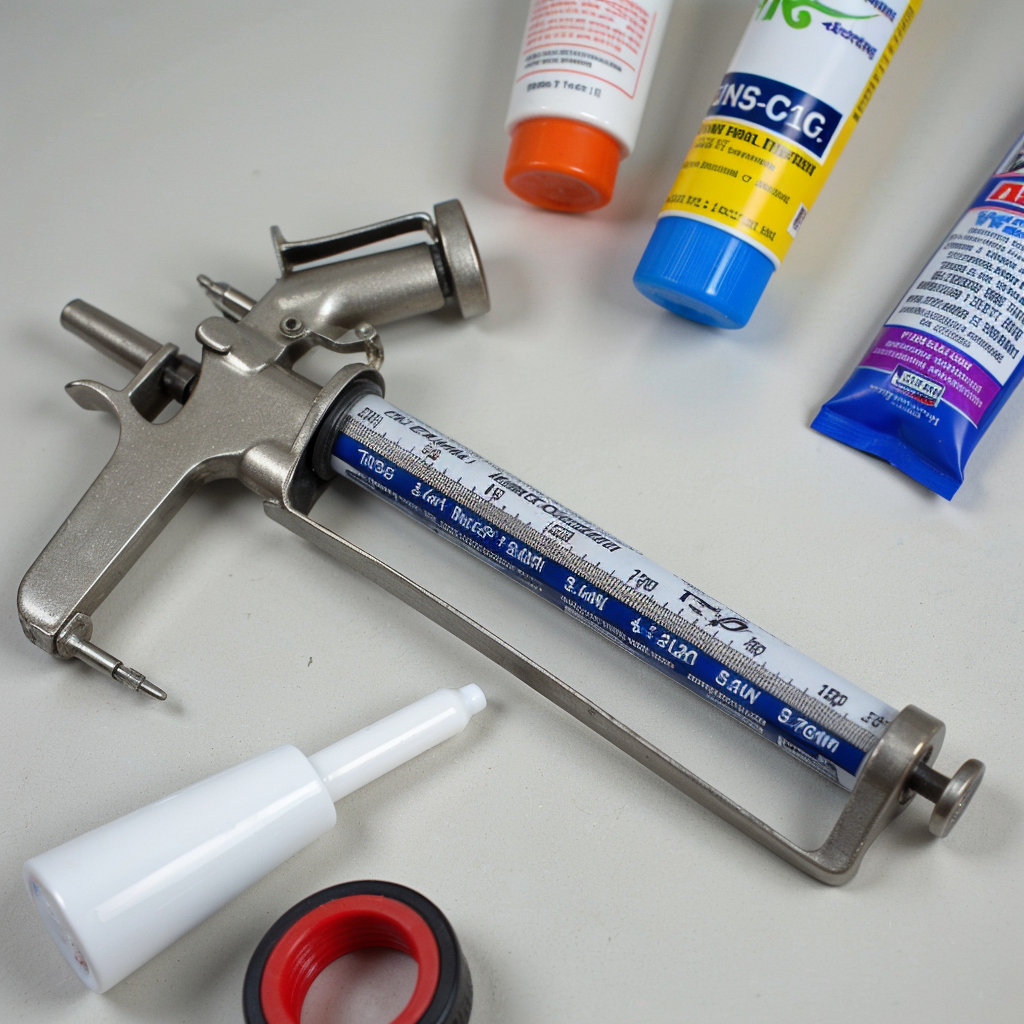

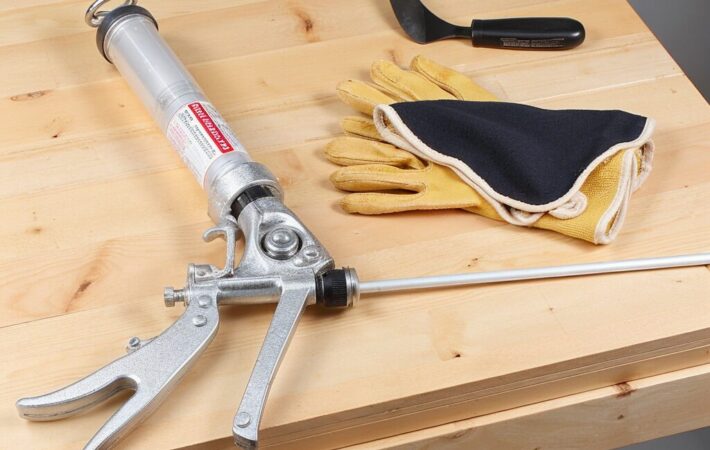
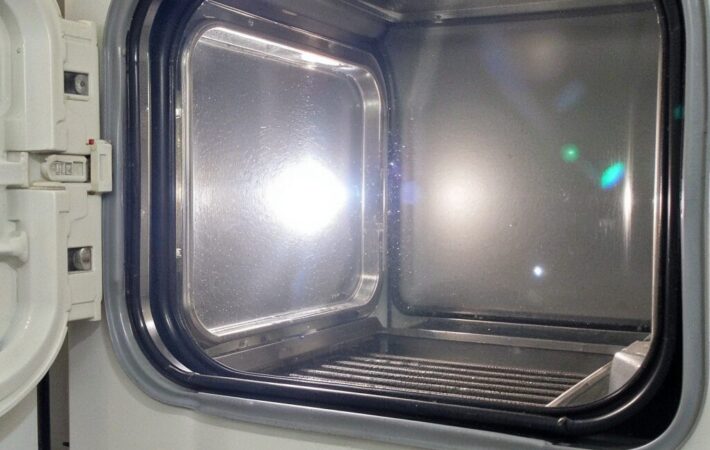
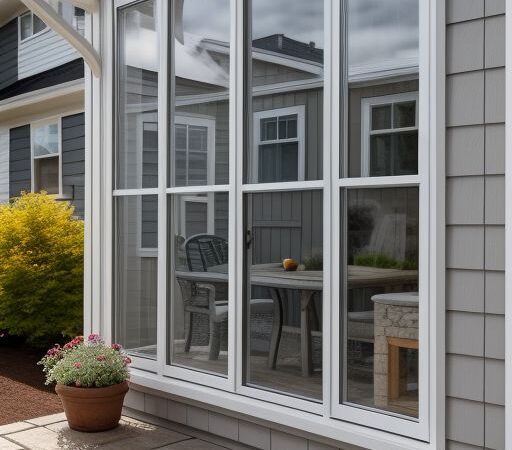
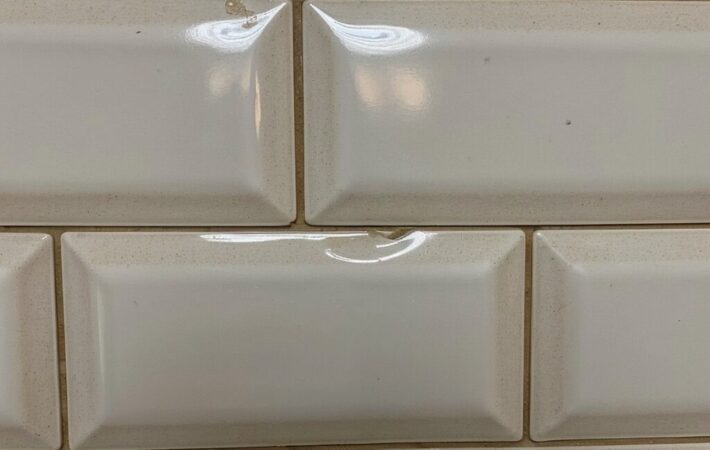
Leave a comment
Your email address will not be published. Required fields are marked *